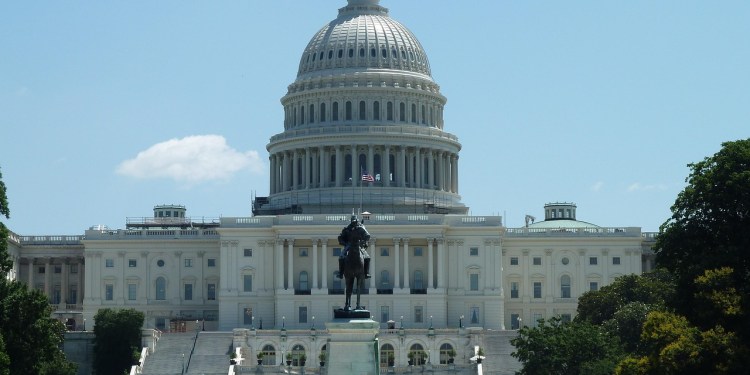The United States Senate has delivered a watershed moment for the cryptocurrency industry, passing comprehensive stablecoin legislation that creates the first federal regulatory framework for dollar-pegged digital tokens.
The GENIUS Act secured bipartisan support in a decisive 68-30 vote on Tuesday, marking a significant milestone that crypto advocates have pursued for years. With several Democrats joining the Republican majority to support the bill, the crypto sector has achieved its long-sought goal of establishing clear federal rules governing these rapidly growing digital assets.
The bill now heads to the Republican-controlled House of Representatives, which must pass its own version before reaching President Donald Trump’s desk. Given Trump’s pro-crypto stance and his administration’s stated goal of passing stablecoin legislation before August, industry observers expect swift action.

Stablecoin Standards
Under the proposed framework, stablecoin issuers would face stringent requirements designed to protect consumers and maintain financial stability. Companies must back their tokens with liquid assets including US dollars and short-term Treasury bills, ensuring the promised 1:1 dollar peg remains intact. Monthly public disclosure of reserve compositions would provide unprecedented transparency in an industry historically plagued by opacity concerns.
“It establishes, for the first time, a regulatory regime for stablecoins, a rapidly developing financial product and industry,” said Andrew Olmem, managing partner at Mayer Brown and former deputy director of the National Economic Council. This regulatory clarity could unlock stablecoins’ potential for instant payments and broader financial applications beyond crypto trading.
The legislation addresses long-standing concerns about stablecoin stability, particularly after high-profile depegging events involving major tokens like Tether and Circle’s USD Coin. By requiring liquid asset backing and regular reporting, the bill aims to prevent the kind of confidence crises that have occasionally shaken the stablecoin market.
Market Implications
The stablecoin market, currently valued at approximately $247 billion, could explode to $2 trillion by 2028 if federal legislation passes, according to Standard Chartered estimates. This growth trajectory has significant implications for US Treasury markets, as stablecoin issuers like Tether and Circle already hold a combined $166 billion in Treasury securities.
Critics worry about systemic risks if stablecoin adoption accelerates. “In the event of a sudden loss of confidence, regulatory pressure, or market rumors, this could trigger large-scale liquidations, potentially depressing Treasury prices and disrupting fixed-income markets,” warned Cristiano Ventricelli of Moody’s Ratings.
However, supporters argue the benefits outweigh the risks. Treasury Secretary Scott Bessent has encouraged lawmakers to pass the legislation, viewing increased stablecoin demand as beneficial for government debt markets. The framework could also help extend dollar dominance globally as stablecoins facilitate international transactions.
Despite criticism from some Democrats about Trump’s personal crypto ventures and concerns about Big Tech companies potentially issuing private stablecoins, the bipartisan support suggests momentum for digital asset regulation continues building.
As the House prepares its version of the bill, the crypto industry moves closer to achieving the regulatory certainty it has long demanded, potentially ushering in a new era of mainstream stablecoin adoption.